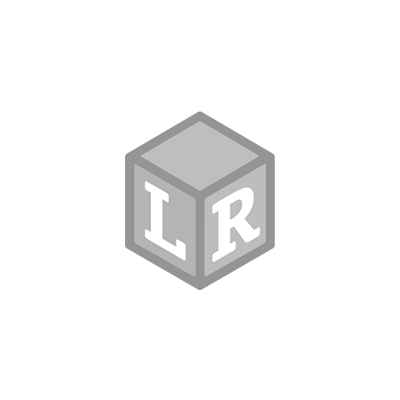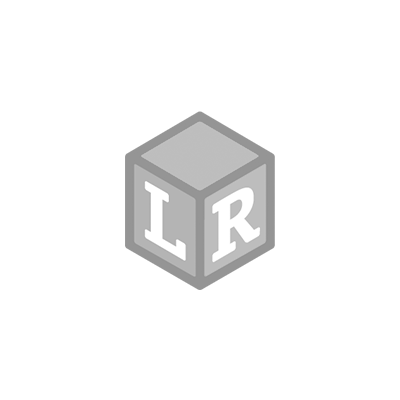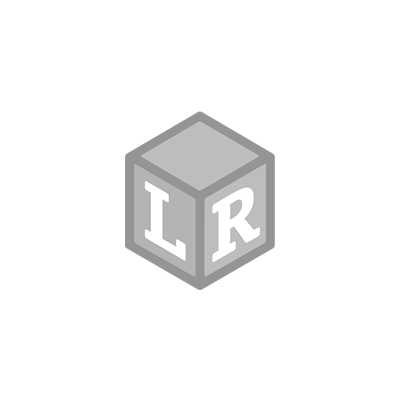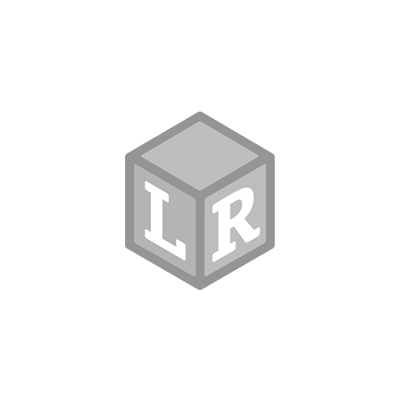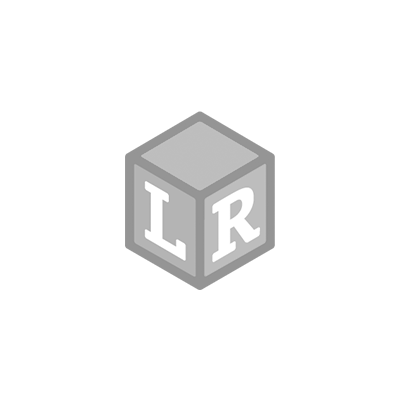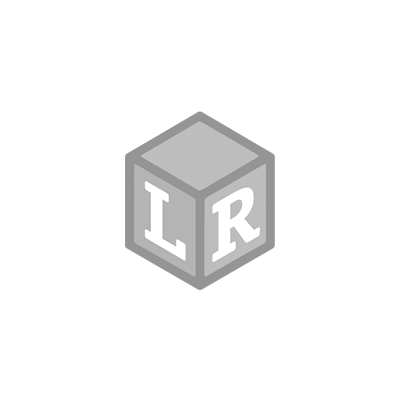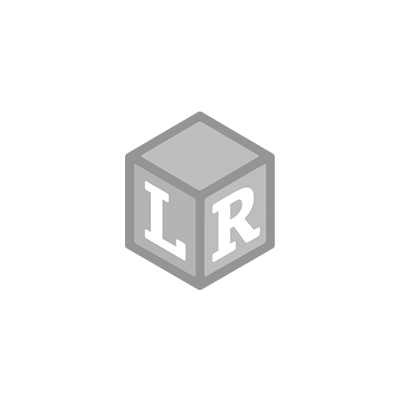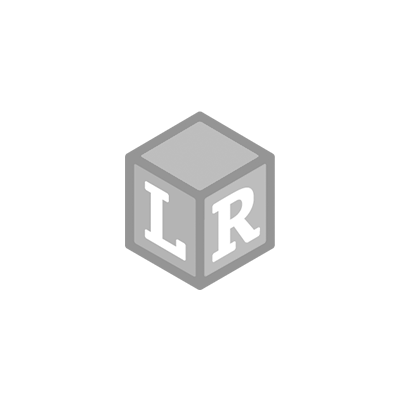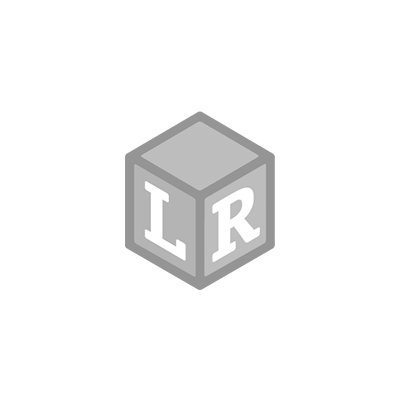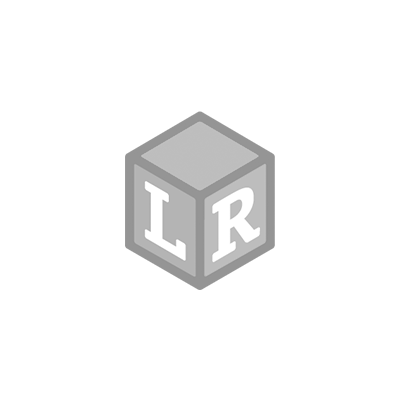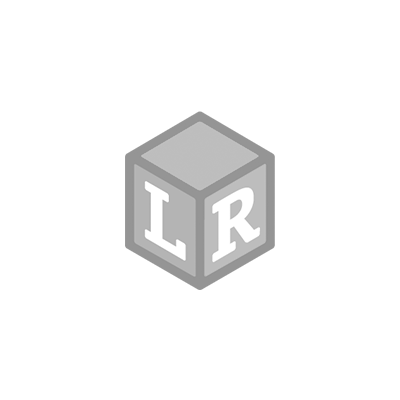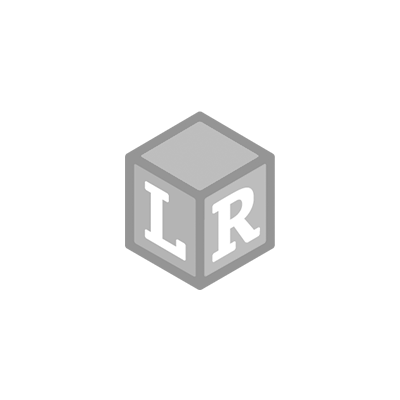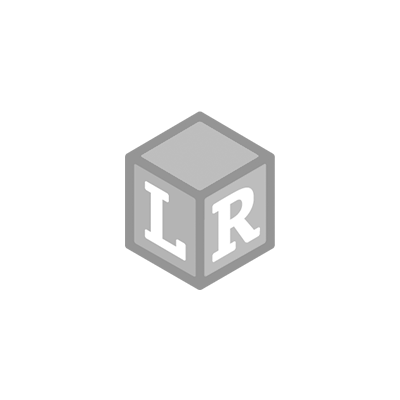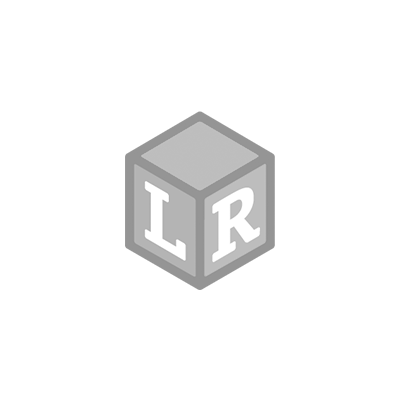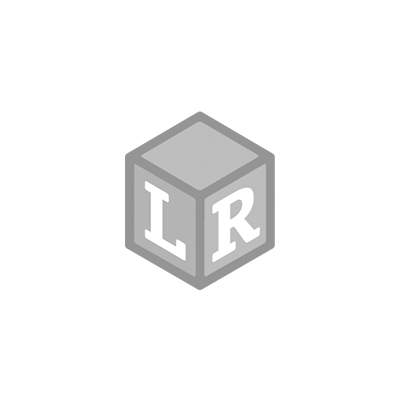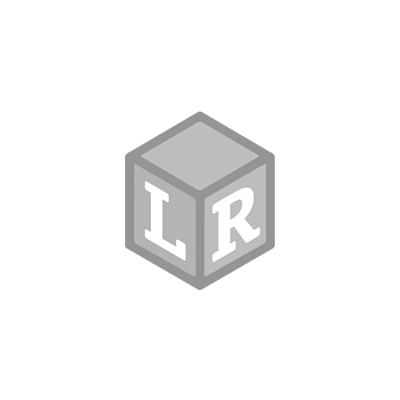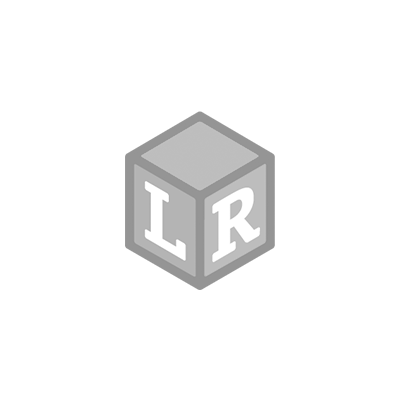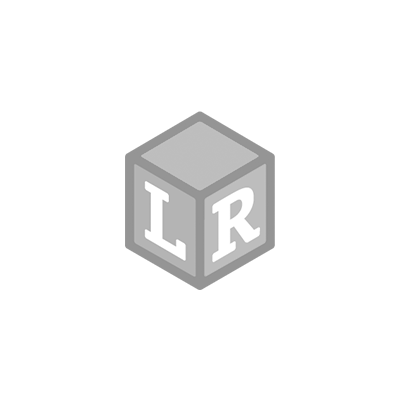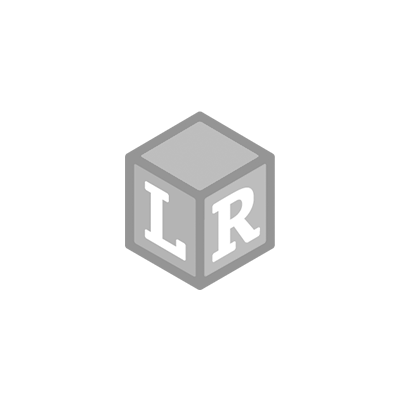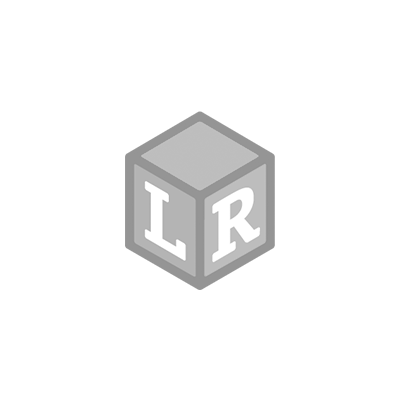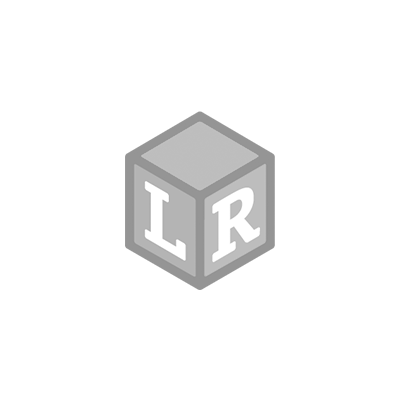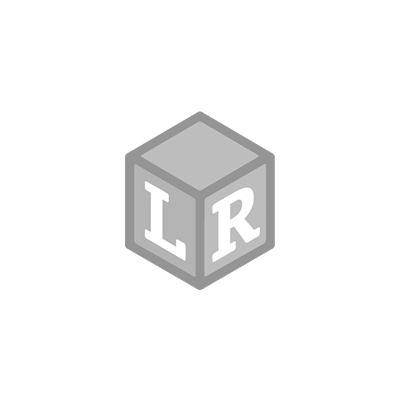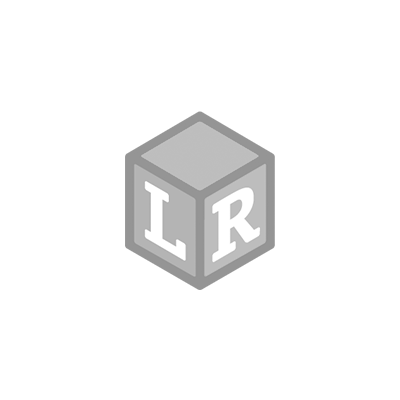Bubble Bath Sensory Fun with Chickie Eggs
- Gabrielle Fischer Posted On Mar 29, 2021 | Easter
Easter eggs come in so many different fun, and egg-citing (see what I did there) shapes these days. I picked up these cute little chick eggs last year, and we have used them in so many different ways. In this blog, I wanted to share with you a simple water-based sensory play activity that never fails to entertain preschool-aged children…especially when they get to make their bubbles and add Bath Crackle!

What you need:
- Learning Resources® Handy Scoopers™ and Primary Science® Jumbo Eyedropper™
- Water in a medium-sized bin
- Plastic chick or bunny eggs (we got ours from Michael’s, Dollar Tree also sells them)
- Dish soap
- Fork and spoon
- Orange drink powder (Kool-Aid works excellent), or orange food coloring
- Toothbrush, scrubber, or sponge
- Mr. Bubble’s Magic Bath Crackles (I get ours from Walmart by the kids’ bubble bath section)
- Tray or container to help contain the mess
- Have a towel on hand just in case
Let’s Get Set Up
Simply half fill your container with water (it helps make it not too cold to prolong the play), and add the chick eggs to the water. With an activity like this, half the fun is the child getting to add all of the ingredients to the water, so I tend to leave them on the side instead of already in the water.
What’s First?
My four-year-old was besotted with the little chicks in the water as soon as she sat down. I asked her if she would like to give them a super fun bubble bath, and of course, she was all in. The first ingredient we added was the orange drink powder. I asked her how many scoops she wanted to add, and she said three. Anytime you can give the child some sense of choice or ownership over the activity, it helps engagement levels. She counted out her three scoops of orange powder and added them to the water. She then gave it all a really good stir.


Bubbles Galore!
I love letting my daughter make her bubbles when it comes to sensory play. Sure, you can use an electric mixer to whip up super silky smooth bubbles… but seeing her face as she whisks away with the fork makes this method way more meaningful. Ask your child to add a squirt of dish soap and then let them use the fork to whisk the water and create bubbles. My daughter is obsessed with this process, so again, I let her choose several squirts to add to the water (within reason).


Scrub Scrub Scrub
Now that there are bubbles, your child can enjoy using the toothbrush to clean those little chickies. This is great for sensory exploration and fine motor skill development. My preschooler also enjoyed using the Jumbo Eyedropper as a shower for the chicks. The Handy Scoopers were fun for grabbing the chick eggs and dipping them in and out of the water. It was like they were bobbing ducks at one point!


What’s That Noise?
Those squeaky clean chickies have enjoyed their bubble bath, but why not add another sensory material to the mix just for fun?! Magic Bath Crackles are one of my favorite sensory additions to water play. Simply pour some in the water and wait for the neat crackling sound to begin. They also have a smell and add a slight blue tint to the water. All of these changes are great for prompting discussions about our senses and developing key scientific skills such as observing, discussing, and predicting.


This type of sensory play is simple but always a winner with my preschooler. She likes being able to add the ingredients independently (a great reason to use drink powder such as Kool-Aid over food coloring), and water in general just seems to evoke so much hands-on play and learning. We hope you give this one a try too!
 Shop UK Site
Shop UK Site 
